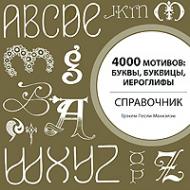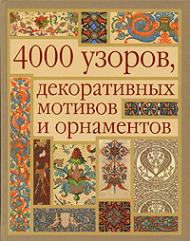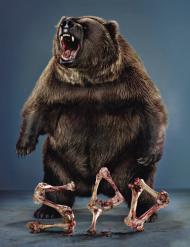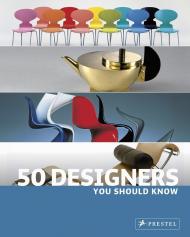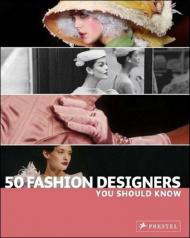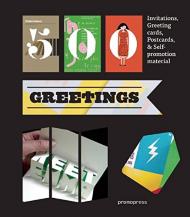Г. Л. Маккэлэм
В животных мотивах встречается так много интересных форм, текстур, линий и цветов. В этой книге вы найдете ясные и четкие иллюстрации, которые помогут вам в создании собственных работ, а также многому вас научат и станут источником вдохновения.
Все иллюстрации точно передают манеру и ощущения, характеризующие стиль, к которому они принадлежат. Вы отправитесь в увлекательное путешествие во времени и изучите самые разные исторические стили дизайна, относящиеся к эпохе каменного века, древним культурам Месопотамии, Евразии, Азии, Европы и обеих Америк, познакомитесь со средневековыми и исламскими культурами. В конце путешествия вашему вниманию будут представлены направления в искусстве XX века.
В каждой главе вы найдете изображения животных, характерные для определенной культуры. Это очень поможет студентам-искусствоведам, которые хотят узнать, когда впервые было изображено то или иное животное.
Это путешествие во времени также позволит вам познакомиться с внутренним миром художников и ремесленников, поскольку, внимательно изучая их работы, вы с удовольствием узнаете об их желаниях и фантазиях. Перерисовывая один из старинных орнаментов, вы в некотором смысле возрождаете самого художника и становитесь частью его жизни. Вы создаете связь с другим временем и местом, и добиться этого каким-либо другим образом очень сложно.
Все мотивы представлены в книге в черно-белом варианте, чтобы сделать их копирование, руками или с помощью техники, максимально простым и точным. Справочник содержит подробный и удобный в использовании указатель, что не только облегчит вам поиск изображений конкретных животных, но также поможет вам найти определенные виды животных по месту их обитания или по особенностям их поведения.
- Включает 4000 неповторимых и оригинальных животных.
- Является источником вдохновения для художников, дизайнеров и мастеров всех ремесел.
- Охватывает главные исторические и региональные стили - от палеолитических пещерных рисунков до стилизованных изображений ар-деко.
